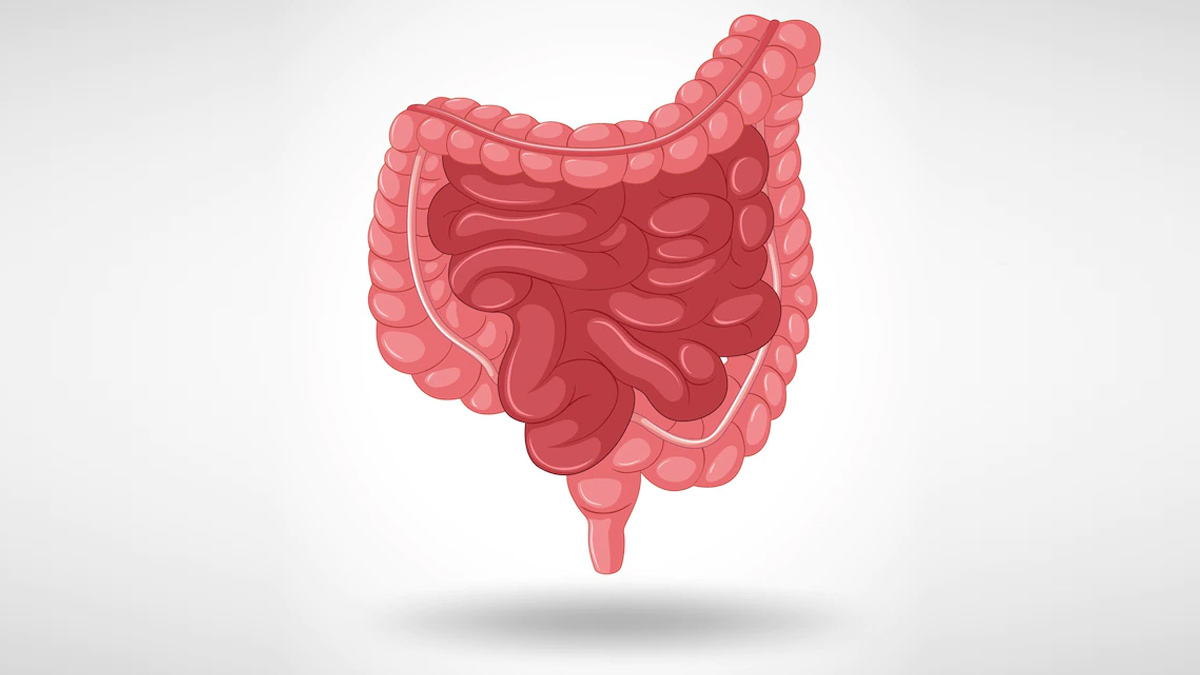
Have you ever imagined a time when a simple slice of bread can turn to be your worst enemy, where dining out becomes a puzzle, and reading food labels becomes a necessity? This is the reality for those living with celiac disease, an autoimmune disorder.
Table of Content:-
“Celiac disease is not the same as a general food allergy, and the symptoms are quite different. If you are allergic to wheat but consume a food containing wheat, you will experience itchy or watery eyes and difficulties breathing,” said Dr Radha M, Consultant Gastroenterology, Fortis Malar Hospital.
What is Celiac Disease?
Celiac disease is not an allergy or intolerance, rather, it is an autoimmune disease caused by gluten, a protein present in wheat, barley, and rye. When celiac disease sufferers consume gluten, their immune system attacks the small intestine, destroying its lining and impairing its ability to absorb important nutrients.
Also read: Heart-Healthy Choices To Make If You Have A Family History Of Heart Disease
According to the National Institute of Diabetes and Digestive and Kidney Disease, small intestine normally recovers in 3-6 months in children. But, in adults, full recovery can take years. The body can adequately absorb nutrients from food once the intestine heals.
The Many Faces of Symptoms
Celiac disease is recognised for its vast range of symptoms, which can vary between individuals. As per Dr Radha, some people may encounter digestive problems including bloating, diarrhoea, or constipation, while others may experience exhaustion, skin rashes, or even neurological symptoms like headaches and mood swings. Because these symptoms overlap with so many other illnesses, diagnosing celiac disease can be difficult.
Diagnosis and Testing
A blood test to detect specific antibodies and a follow-up biopsy of the small intestine are common methods. However, it's important to keep eating gluten until diagnosis, which can be a daunting prospect for many due to the discomfort it brings.
The Gluten-Free Lifestyle
Upon diagnosis, a gluten-free lifestyle becomes a necessity. This means avoiding not only bread but also hidden sources of gluten in sauces, processed foods, and even cosmetics. Dining out can be an adventure, as cross-contamination in restaurants is a real concern.

Promising developments include potential medications to mitigate the immune response to gluten and non-dietary treatments. However, a gluten-free diet remains the primary treatment for now.
Also read: Swelling In These 5 Body Parts Could Be A Sign Of Liver Disease
Treatment Of Celiac Disease
The only effective strategy to prevent and treat celiac disease is to follow a strict gluten-free diet. Removing gluten from your diet will gradually reduce inflammation in your small intestine, allowing you to feel better and recover. Infants receive treatment more quickly than adults. If your small intestine is significantly damaged or you have refractory celiac disease, your doctor may advise you to use anti-inflammatory medications. As a result, your diet is crucial in managing this disease. Dr. Radha recommends that these patients eat and avoid the following foods:
- Barley
- Rye
- Graham flour
- Wheat
- Spelt
- Cereals
- Wheat and starch.
While there is no cure yet for celiac disease, research and awareness are progressing, offering hope to those living with this condition. So, the next time you see someone meticulously reading food labels or asking about gluten-free options, remember the journey they're on, and perhaps offer them a friendly hand of understanding.
Also watch this video
How we keep this article up to date:
We work with experts and keep a close eye on the latest in health and wellness. Whenever there is a new research or helpful information, we update our articles with accurate and useful advice.
Current Version